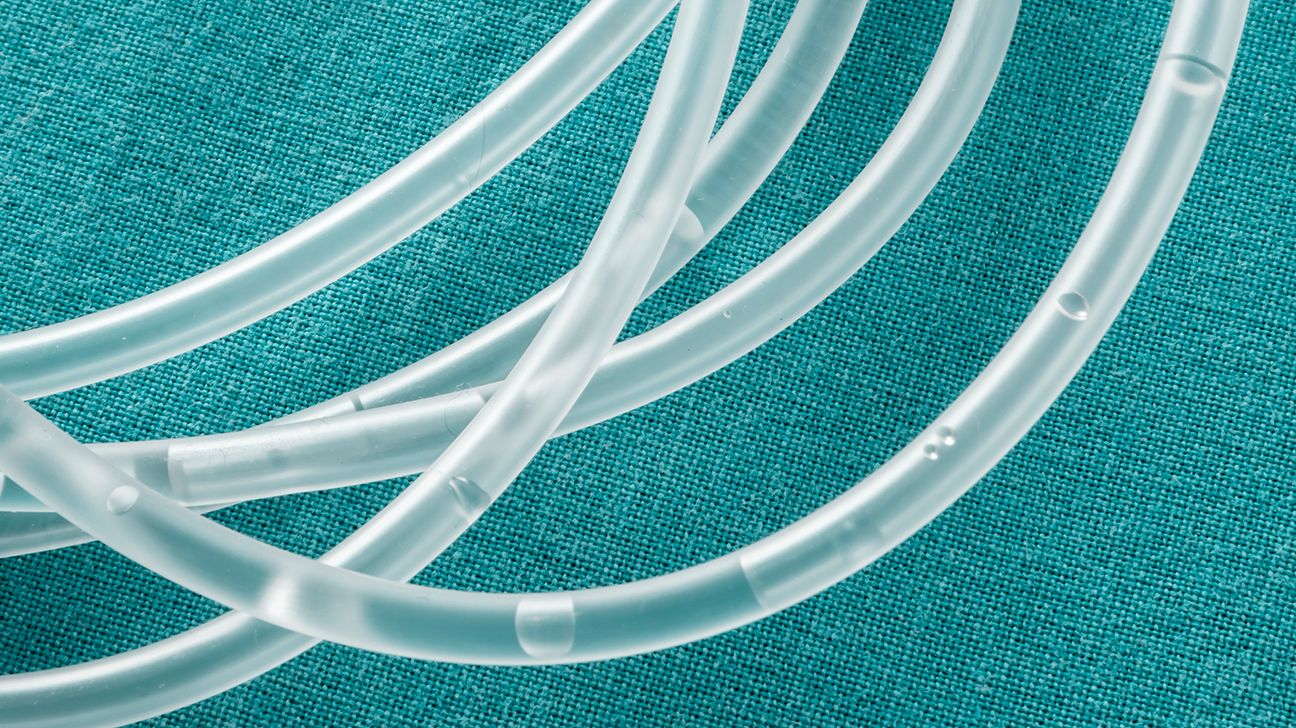Irrigation for a colostomy is an option for managing your stoma output. It could allow you to avoid a colostomy bag, but it’s an optional practice.

Colostomy irrigation is an optional practice in stoma management. The technique was introduced in the 1920s as a way to clear your bowels if you have an ostomy. Some people use it as a maintenance technique, but for others, it may be a way to avoid using an external collection bag.
This article will explore why and how colostomy irrigation is done and what you need to know if it’s a practice you want to try.
Colostomy irrigation is a rinsing or washing of the bowels, and it can be used to help improve your bowel care and hygiene with a stoma.
Many people use colostomy irrigation to empty their bowels and stimulate output. When done regularly, colostomy irrigation may help you control the timing of your output so that you don’t need to wear a colostomy bag.
Unlike your anal sphincter, your stoma isn’t equipped with muscular control to help retain or express stool when you want to. For many people with colostomies, output isn’t very controlled, so it’s easiest to attach a collection device to the outside of the stoma to collect waste as it flows out of your intestines.
Stoma irrigation helps to stimulate or encourage bowel movements and, with regular use, may help you develop a more regular bowel routine — even without a lot of control over your stoma.
The first step in irrigating a colostomy is to collect and set out all your supplies. These may include:
- cone irrigator
- irrigation bag
- irrigation sleeve
- warm tap water
- water-soluble lubricant
- a new pouching system
Once your supplies are ready, you may begin the irrigation process. Below is one technique used by ostomy nurses:
- Connect the irrigation cone to the irrigation bag.
- Fill the irrigation bag with 500–750 milliliters of warm — not hot — tap water. Sterile water and special cleaning solutions aren’t necessary.
- Prime the irrigation tubing with the solution so that the tubing is filled with liquid and not air.
- Apply the irrigation sleeve.
- Raise the irrigation bag to about shoulder level, using gravity to help the fluid flow into the colon.
- Lubricate the cone irrigator with the water-based lubricant.
- Gently insert the cone irrigator into your stoma.
- Open the clamp on the irrigation tubing to allow the irrigation fluid to begin flowing with gravity. Don’t force fluid into your stoma and avoid pushing fluid into your stoma. If you experience flow difficulties, try repositioning the irrigation cone.
- Allow the entire amount of fluid in the bag to instill through the stoma. You can pause the flow of irrigation fluid if you experience cramping and then resume the flow when the feeling passes.
- After all the fluid is instilled, wait about 5 minutes more with the irrigation cone in place. You may feel cramping as your colon or intestine becomes stretched and distended. This stretching is what will stimulate intestinal motility, also called “peristalsis.”
- Remove the irrigation cone and wait for fluid and stool to flow. This process could take 30–90 minutes.
- When stooling is complete, replace the pouching system or cover your stoma.
If you irrigate your colostomy site regularly, you’ll develop a pattern. Typically, irrigation is done every 24–48 hours.
When patterns of stooling are created with colostomy irrigation, potential benefits may include:
- less frequent stooling
- reduction in pouch use because of timed and less frequent output
- an absence of stool between irrigation sessions
- decreased odor and gas from the ostomy site
Tap water is recommended for colostomy irrigation, but some people do use other solutions.
According to a 2001 study,
A sterile solution or special cleaners aren’t required for colostomy irrigation.
Devices have been developed to make the process of colostomy irrigation more streamlined and less messy. You don’t need to purchase a special kit, but using appliances developed specifically for the purpose of colostomy irrigation will make the job easier.
Who should try colostomy irrigation?
Colostomy irrigation isn’t for everyone. Typically, you may want to wait to attempt irrigation until you’ve had your colostomy for several months to allow for adequate healing time after your stoma was created.
Ideal candidates for colostomy irrigation include:
- people with a colostomy in the descending or sigmoid colon
- people with good vision and dexterity
- people looking for solutions to difficulties, such as irritation around the stoma site
Colostomy irrigation isn’t recommended for people who have a colostomy due to:
- irritable bowel syndrome (IBS)
- peristomal hernia
- postradiation bowel damage
- diverticulitis
- Crohn’s disease
Colostomy irrigation is one way you can manage stool output from your stoma, but it isn’t the only way. Not everyone who has a colostomy can use this technique.
If you’re interested in using colostomy irrigation to try and control your stoma output, talk with a healthcare team about helping you with the proper supplies and technique and to check that your particular stoma is suitable for this process.

